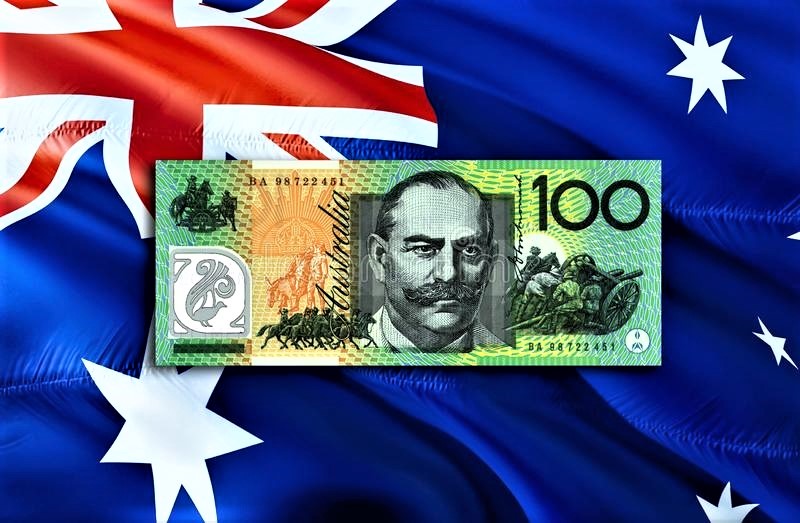Australian dollar increases as hawkish mood surrounding the RBA extends higher interest rates.
On Friday, the Australian Dollar (AUD) extended its winning streak to the third session in a row. The hawkish stance surrounding the Reserve Bank of Australia (RBA) strengthens the Aussie Dollar, which supports the AUDUSD pair.
Australia’s central bank is set to keep its current interest rate at 4.35% until the end of September.
Australia’s central bank is set to retain its benchmark policy rate at 4.35% for a fourth consecutive meeting on Tuesday. And most likely until the end of September, according to Reuters poll of economists. These experts expect only one interest rate drop this year. Domestic inflation data reported last week was higher than expected. Raising the prospect of the RBA delaying interest rate decreases.
The US Dollar Index (DXY), which measures the performance of the US Dollar (USD) versus six major currencies, has been under pressure following dovish remarks from US Federal Reserve (Fed) Chairman Jerome Powell following Wednesday’s decision to keep interest rates at 5.25%-5.50%. Powell’s denial of the probability of another rate hike has led to the USD’s decline.
US Nonfarm Payrolls are predicted to come in at 243K in April, down from 303K the previous month.
The market’s focus has now shifted to the US employment data for April. Which is scheduled for later this Friday and contains Average Hourly Earnings. Nonfarm Payrolls, and ISM Services PMI. These releases are expected to provide
Additional insights about the state of the US economy.
Daily Market Movers: Australian Dollar Appreciates Due To Positive Market Sentiment.
In April, the Judo Bank Australia Composite Purchasing Managers Index (PMI) fell to 53.0 from 53.3 the month before. This suggests that Australia’s private sector output is growing at a slightly slower rate. Business activity grew mostly in the service sector, while manufacturing production decreased. Specifically, the Services PMI dropped to 53.6 from 54.4 the prior month.
The ASX 200 Index rose for the second straight day on Friday, aided by bullish Wall Street movements overnight. These advances were fueled by reassurances from the US Federal Reserve, which downplayed fears of another interest rate increase.
US Initial Jobless Claims data showed that the number of people filing unemployment benefits remained unchanged from the previous week, at 208K.
US Initial Jobless Claims data showed that the number of people filing unemployment benefits remained unchanged from the previous week, at 208K, for the week ending April 26. This figure remains at its lowest level in two months and is significantly lower than market estimates of 212K, perhaps giving the Federal Reserve the option to postpone interest rate decreases.
US nonfarm productivity increased by 0.3% in the first quarter, following an upwardly revised 3.5% growth in the previous quarter but falling short of the predicted 0.8% rise. It was the slowest level of productivity growth since the January-March quarter of 2023.
On Thursday, Australia’s trade balance (MoM) statistics showed a surplus, but it was smaller than market estimates for April. Additionally, building permit data Permits for new building projects increased in March, but fell short of forecasts.
Federal Reserve Chairman Jerome Powell stated that progress on inflation has recently slowed, implying that it will take longer than originally thought before the Fed can confidently expect inflation to attain its 2% target. Powell stated that if strong hiring continued while inflation remained stable, deferring rate decreases would be justified.
According to the CME FedWatch Tool, the probability that the Federal Reserve will retain interest rates in their current range of 5.25%-5.50% at the June meeting has dropped to 85.8%, down from 90.0% a week ago. In contrast, the possibility of a 25-basis point rate cut has grown to 14.2%, up from 9.7% a week ago.









